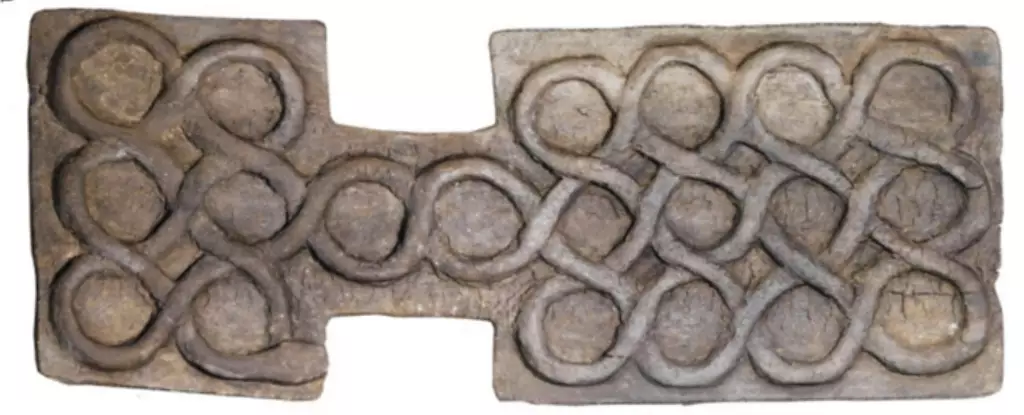Board games, often viewed as simple family entertainment, serve a far deeper purpose that transcends time and culture. A notable example is a fascinating ancient board game unearthed in Shahr-i Sokhta, a site situated in southeastern Iran. Dating back to approximately 2600-2400 BCE, this discovery sheds light on the recreational activities of early civilizations while simultaneously offering insight into their social interactions and community building. The ongoing research into the rules and gameplay of this ancient artifact has implications that extend beyond mere entertainment, reshaping our understanding of cultural exchanges in the Near East.
The Shahr-i Sokhta board game, recovered from a grave, consists of a board, 27 game pieces, and four uniquely designed dice, characterized by circular shapes embedded within them. Discovered in 1977, the game was thought to echo the Royal Game of Ur, which thrived during a similar timeframe. However, it posed a challenge for researchers due to significant differences in rules and structure. The continuous efforts by experts, including computer scientist Sam Jelveh and independent archaeologist Hossein Moradi, have involved intricate modeling and analysis of archaeological findings to propose a set of plausible gameplay rules.
This innovative approach illustrates how the integration of modern technology with ancient findings can provide a clearer picture of historic pastimes. By delving into probability models and using knowledge gleaned from other games of the era, the researchers pieced together a hypothetical framework of the game’s mechanics.
The proposed game rules are not merely an academic exercise; they resonate with the historical significance of each component of the board. The game features two sets of ten ‘runner’ pieces, a classification that suggests the players engaged in a competition to advance and outpace one another. The inclusion of star-shaped pieces as ‘safe houses’ and cone-like pieces as potential ‘blockers’ adds strategic depth to the gameplay.
The board’s unique structure, resembling a serpentine layout, indicates an engaging method of movement, presenting players with the challenge of navigating the head and tail of the snake while avoiding obstacles. The requirement to roll dice to advance pieces introduces an element of chance, ensuring that each game remains unpredictable and engaging. By adapting features from other established games like Jiroft, the researchers established a convergence of ideas, allowing for a more robust understanding of the ancient gaming culture.
Historical analysis reveals that the Shahr-i Sokhta site was a bustling hub during the third millennium BCE, echoing the societal importance of games in the everyday lives of its inhabitants. The existence of over a hundred similar artifacts from the era across the region points to a cultural appreciation for board games as social gatherings and communal bonding experiences. Designated as ‘the game of twenty squares’ or ‘the game of twenty’, such titles evoke a sense of shared language and cultural lineage among ancient civilizations.
This wealth of archaeological evidence illustrates how play was not merely a pastime but an intricate part of life, reflecting social hierarchies, local beliefs, and communal values. The collaborative work of researchers serves not just to reconstruct gameplay but to resurrect the human capacity for creativity, competition, and cooperation that thrived thousands of years ago.
The investigation of the Shahr-i Sokhta board game illuminates not just a singular aspect of ancient society but rather serves as a vital thread in the rich tapestry of human history. Through the meticulous reconstruction of its rules and gameplay, researchers are providing a new lens through which to view the social practices of the time. As we ponder the legacy of ancient games, we are reminded that the unique bond formed through play endures, inviting us to explore, connect, and celebrate our shared human experience across generations. This rediscovery emphasizes the importance of understanding and preserving our historical past, making room for future generations to learn from the past while engaging in the age-old tradition of play.

